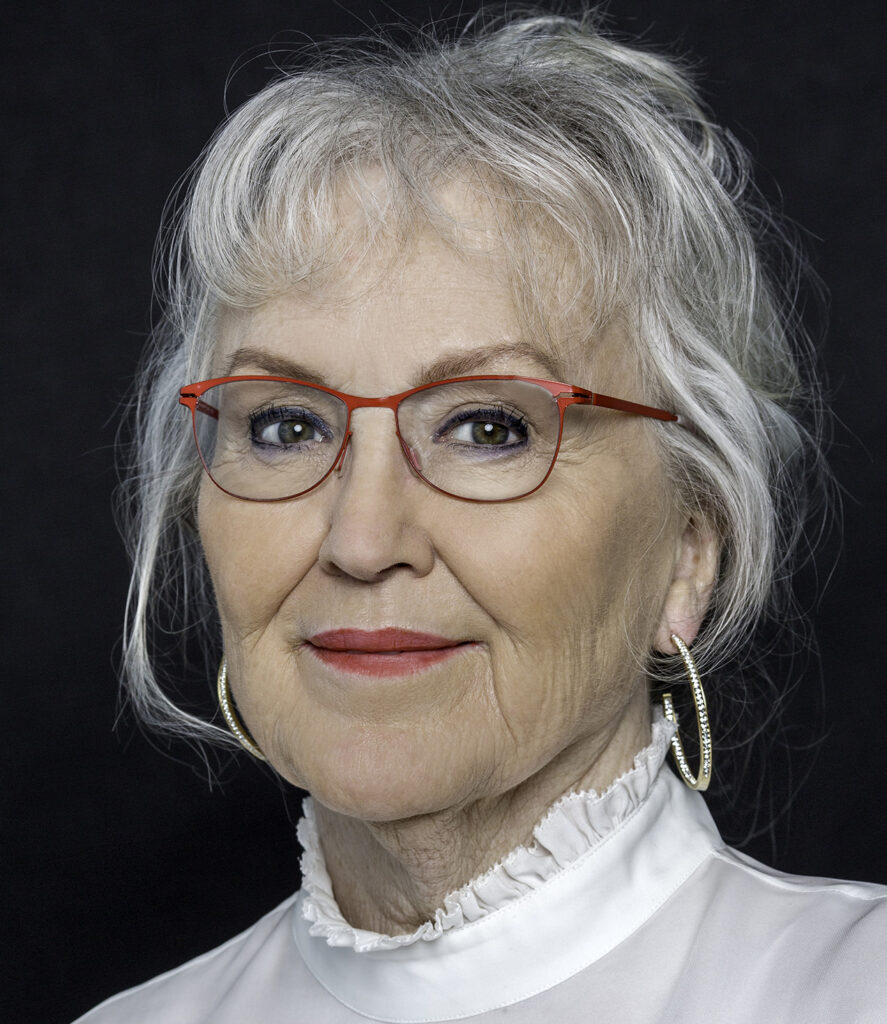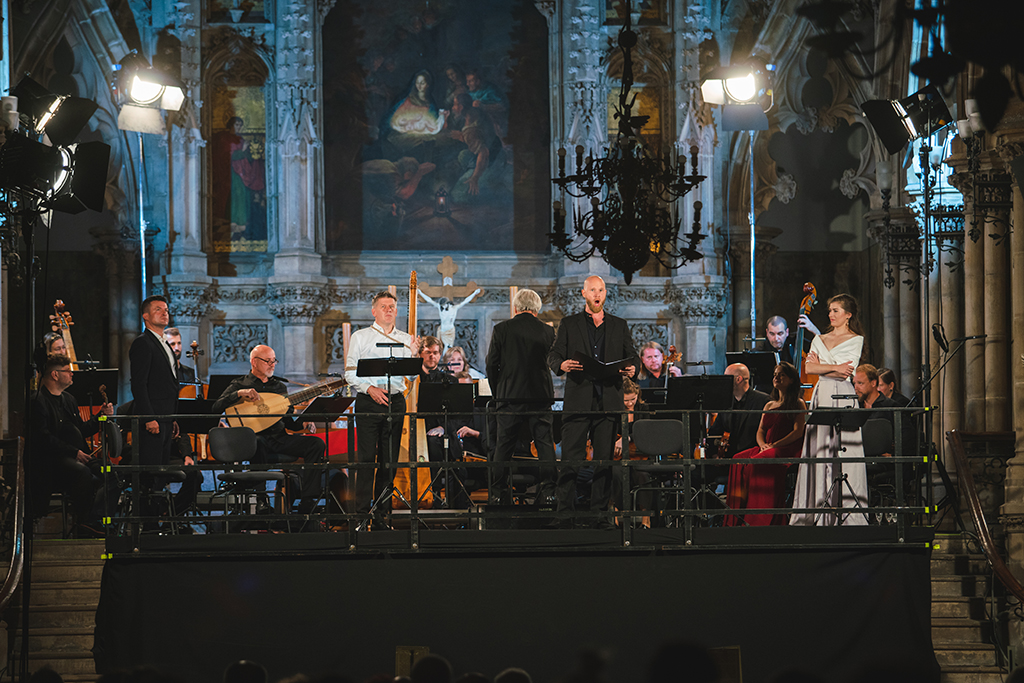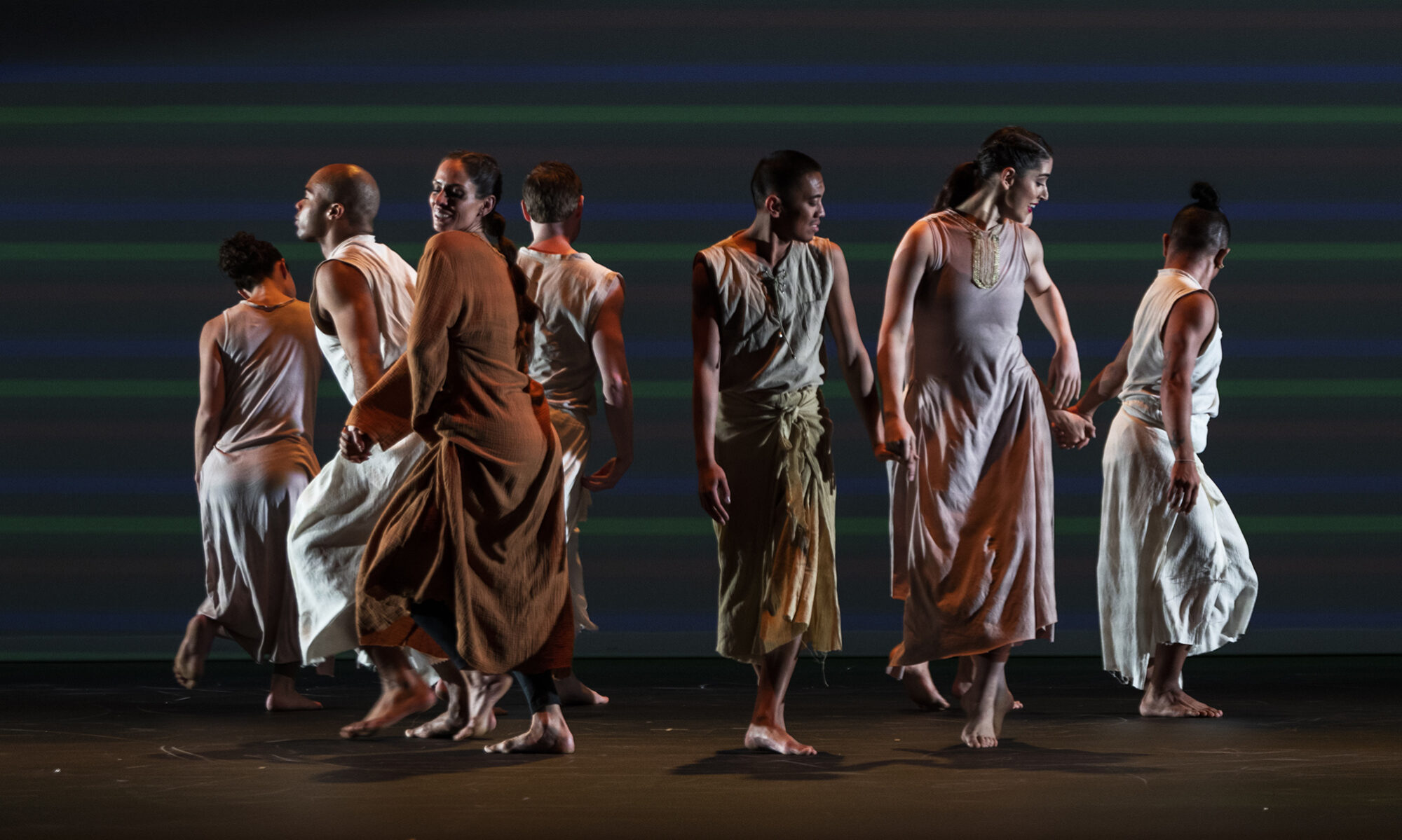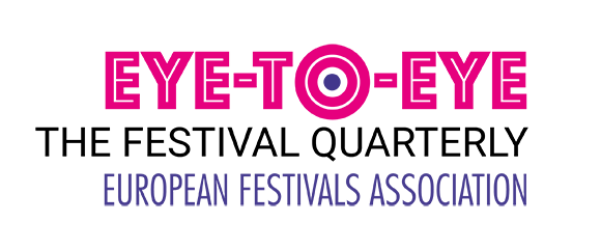New National Opera in Iceland

Thorunn Sigurdardottir is born in Reykjavik and studied theatre in Reykjavik and Stockholm. She was an actress, playwright and director at The City theatre in Reykjavik, the National theatre of Iceland, Lyric Hammersmith in London and Svalegangen in Denmark. In the year 2000 she was director of Reykjavik European city of culture and after that an artistic director of Reykjavik Arts festival. When Harpa, the New music hall in Reykjavik was build she was director of the board appointed by the Minister of culture. Thorunn is now chairing the preparatory board for a new National Opera in Iceland.
It may seem incredible that, while many European nations are closing down their state run institutions, Iceland, with fewer than 400,000 inhabitants, is preparing to start a national opera company.
Although this will be its first state run opera, Iceland nonetheless has a notable operatic tradition and boasts a great number of trained opera singers who perform the world over. Initially, opera in Iceland was given a home in the National Theatre, where for a number of years operas were performed alongside plays. The first opera to be performed in the National Theatre‘s opening year of 1950 was the Swedish Opera‘s visiting production of The Marriage of Figaro. The following year saw the first Icelandic operatic production, Rigoletto, where most of the roles were sung by Icelanders. The National Theatre then staged regular opera performances until 1980, when the Icelandic Opera was founded. A group of opera singers and other artists, lead by Garðar Cortes, shouldered the enormous task of starting this non profit organisation, which was soon given government funding. Icelanders were quick to welcome the Icelandic Opera and the energetic staging of this new company gradually lead to fewer operas at the National Theatre, even though they never dried up completely. Visiting performances and co-productions were occasionally still staged at the National Theatre.
The Icelandic Opera has continuously staged operas ever since 1980. To begin with, it was based in an old cinema, Gamla bíó, but when the construction of a new concert hall named Harpa began in Reykjavik, it was decided that the Icelandic Opera would move there. The first opera to be staged in 2011 in Harpa’s largest auditorium, Eldborg, was The Magic Flute, with an exclusively Icelandic cast and creative team. Since then, there have been annual opera productions in Eldborg, apart from the period where COVID19 cast its shadow over all artistic activity, as was experienced the world over. Various smaller projects have also been staged by the Icelandic Opera as well as many co-productions, among others with the Reykjavík Arts Festival and Hof, a new cultural centre in the largest town of northern Iceland, Akureyri.
Despite the strong track record of the Icelandic Opera for over forty years, its history has been marked by insufficient funds and a lack of continuity, as is often the way with organisations that lack the stable funding and secure status of a state organisation. As a result, those voices gradually grew louder that called for the operatic arts to be given equal status with the other performing arts, and for singers to be given more opportunities and more secure work. The fact that there is a lot of interest in opera in Iceland and in singing in general, as evidenced by the very vibrant choral scene, points towards a positive reception for a national opera company. Furthermore, the number of singers who have pursued graduate studies abroad is now in the hundreds, and many of them are singing at the world‘s most prestigious opera houses. Hence there is every reason to strengthen the foundations of the artform, improve the environment for singers and other creatives, but also to ensure a strong and vibrant operatic scene for the benefit of the public.
It is also a policy of the current government to try to combine public institutions, so from the outset there was interest in the national opera finding an organisational home within the National Theatre, the original home of opera in Iceland. The opera would stage its shows in different venues but have its main home in Harpa, which is a close neighbour of the National Theatre. Opera without walls has been a dominant idea of late, since large and expensive buildings need not be prerequisites for creating exciting opera. Performances in a variety of venues, in small halls and large, in schools and rural areas, and even out on the street, are a sign of the times and open up new possibilities for an original approach. This speaks to the need for national opera companies everywhere in the world to seek constant renewal, address the times with a creative mindset and look for new ways to connect with a new generation. Inviting synergy with the National Theatre courts a new approach, encouraging artistic conversations as we reappraise the old values.
A zeitgeist of co-operation and equality further supports this idea. Many consider it a positive thing to give the opera shelter in the National Theatre with specified funding and fixed positions for singers. This would, for example, negate the need for a costume department in Harpa, since one already exists around the corner in the National Theatre, and there are other examples of synergy between these institutions, particulary in regards to the production process. It would also be the first step towards reforming the landscape of the performing arts in Iceland in the 21st century, and could well be the first step towards uniting opera, dance, theatre, and possibly the symphony orchestra under one umbrella. Although it is never simple to create a state run arts institution, most agree that opera needs to be raised up and its position reinforced.
Icelanders enjoy a vibrant cultural life where music and performing arts play a large part. A strong cultural scene has provided refuge both during and after economic collapse, through COVID and other worldwide crises that have affected Icelanders. Icelanders want to invest in culture and heritage like many other European countries have done, in spite of adversity.
It is our task to answer the call of the minister for culture, Lilja D. Alfreðsdóttir, who has worked to secure government support for the operatic artform and create employment for the large group of Icelandic singers and other creatives who lack facilities and professional opportunities in the field of opera. It is important to look to the future but at the same time we want to build on the strong and proud heritage of the Icelandic Opera and others who have staged operas in Iceland over the years. We will press on to make the new Icelandic National Opera a reality by the dawn of 2025, giving the operatic arts parity with the other performing arts of theatre, music, and dance.
Festival Life creates shared moments of audiences and artists, eye-to-eye


